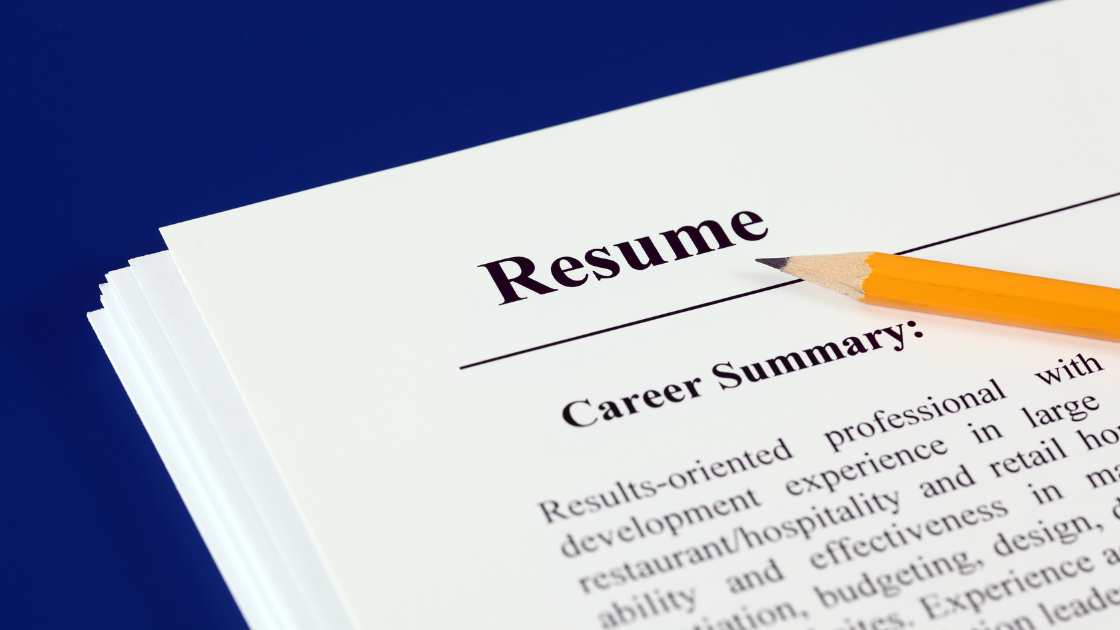When it comes to showcasing your academic and professional achievements, listing publications on your resume can significantly enhance your credibility and demonstrate your expertise in a particular field. Whether you have authored research papers, articles, or contributed to books, effectively presenting your publications can set you apart from other candidates. In this article, we will guide you through the process of listing publications on your resume to maximize their impact.
There are 10 Process of Listing Publications on Your Resume
Choose Relevant Publications
Not all publications are equally relevant to the job you’re applying for. Select publications that align with the position and emphasize the skills or knowledge required for the role. If you’re applying for a technical position, prioritize publications related to your field of expertise.
Create a Dedicated Section
To draw attention to your publications, create a distinct section on your resume. Consider labeling it as “Publications” or “Selected Publications” to make it clear to the reader.
Format Consistently
Consistency in formatting is crucial for a professional-looking resume. Use the same font, font size, and formatting style as the rest of your resume. For each publication, include the title in italics, the authors (your name should be prominent), the name of the publication or journal in italics, the publication date, and the page numbers (if applicable).
Order Strategically
You can arrange your publications in reverse chronological order, starting with the most recent ones. Alternatively, you can prioritize the most relevant publications at the top, regardless of the publication date. Choose the order that best highlights your expertise for the particular job.
Provide Complete Citations
Offering complete and accurate citations adds authenticity to your resume. If your publication is a research paper, include the title, the journal’s name, volume and issue numbers, page range, and the DOI (Digital Object Identifier) if available. For articles or book chapters, mention the title, the publication or book’s title, editors (if applicable), publisher, publication date, and page numbers.
Include Online Links
Whenever possible, include links to your publications that are freely accessible online. This provides recruiters with easy access to your work and can demonstrate the impact of your research.
Highlight Collaborations
If you have co-authored publications, make sure to indicate your role in the collaboration. You can use phrases like “Lead Author,” “Co-Author,” or “Contributing Author” to clarify your level of involvement.
Tailor for Different Roles
When applying for diverse roles, consider tailoring your list of publications to match the requirements of each job. Emphasize the publications that showcase skills and expertise relevant to the specific position.
Quantify Impact
If your publications have garnered a significant number of citations, downloads, or shares, and have had an impact on your field, you might want to highlight these metrics. This can provide potential employers with concrete evidence of your influence in your domain.
Be Prepared to Discuss
While your listed publications can capture attention, be ready to discuss them during interviews. Be prepared to explain the significance of your work, the challenges you faced, and the outcomes you achieved.
FAQs
How do I list publications on a resume?
Listing publications on a resume requires a clear and structured approach. Create a separate section called “Publications” or “Selected Publications” near the end of your resume. For each publication, include the author names (your name and co-authors), the title of the publication, the journal or conference name, publication date, and any relevant identifiers like DOI numbers. If you have multiple publications, consider categorizing them into sections such as “Journal Publications,” “Conference Proceedings,” or “Books.” Always use a consistent citation style and arrange publications in reverse chronological order (most recent first).
How do I decide which publications to include on my resume?
When selecting publications to include on your resume, focus on relevance and quality. Include publications that are directly related to the job or opportunity you’re applying for. Prioritize peer-reviewed journals, conferences, and books in your field. If you have a long list of publications, consider including those that showcase your expertise and the impact of your work. However, if you’re applying for a position in a different field, you can still include relevant cross-disciplinary publications that demonstrate your adaptability and transferable skills.
Should I include unpublished or pending publications on my resume?
Yes, you can include unpublished or pending publications on your resume, but do so carefully. Create a separate subsection within the “Publications” section and label it as “Under Review” or “In Preparation.” Provide a brief description of the work, including the title, co-authors (if any), and the intended venue (journal or conference). Be honest about the status of these publications, as some employers might inquire for more information during an interview. Including pending publications can showcase your ongoing research and dedication to your field, but make sure to update your resume as they get published or accepted.
Conclusion
Effectively listing your publications on your resume can elevate your professional image and demonstrate your expertise to potential employers. By carefully selecting relevant publications, maintaining consistent formatting, and providing complete citations, you can create a compelling section that showcases your contributions to your field. Remember that the goal is not only to impress with your publications but also to provide a basis for meaningful discussions during interviews.





